Wallpaper* gets behind the button-festooned wheel of the Mercedes-Benz EQS
With tantalising tech, including a sci-fi Hyperscreen display, and superb range, the Mercedes-Benz EQS looks and feels like the new face of luxury electric vehicles

The mighty Mercedes-Benz EQS has arrived to redraw the landscape of luxury mobility. EVs have always been expensive, thanks to the high costs of R&D into drivetrains and batteries, ensuring that the first generation of electric cars tended to skew towards the upper end of the market.
It’s only been in the past couple of years that smaller, more utilitarian EVs have emerged, although they’re still at a premium in comparison to their ICE equivalents.

The new face of electric luxury: Mercedes-Benz EQS
Big milestones are looming, in particular 2025, by which time a host of companies have pledged to offer only pure electric or hybrid drivetrains. For manufacturers of high-end sports cars, these shifts are way more freighted. When you’ve spent decades building your image off the back of the visceral qualities of the internal combustion engine, suddenly switching to the near-silent whine of an electric motor will require radical reappraisal.
Luxury car makers, however, have an advantage. Mercedes-Benz (which can trace its origins back to 1883) and Rolls-Royce (founded in 1906) have spent well over a century refining the explosive process of internal combustion into a silky-smooth operation that is barely perceptible to drivers, passengers, or even passers-by.
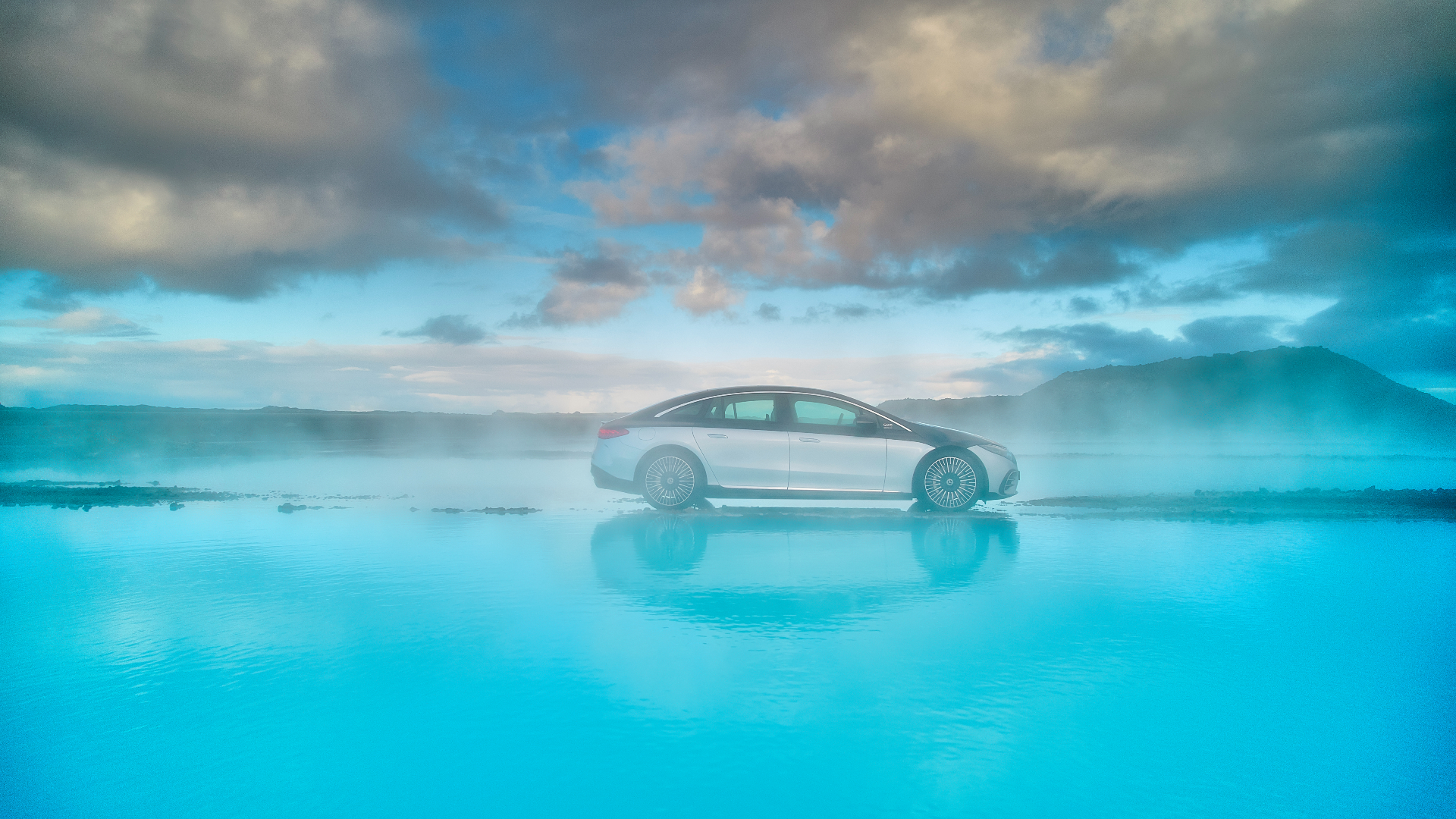
An atypical environment in which to find a car: the EQS
Emissions, however, have remained stubbornly perceptible, despite increasingly intense attempts at mitigation. So on the one hand, electrification is a lifeline for new luxury, enabling a number of paradigm shifts to all happen at once: new forms, new technology, new levels of experience.
However, paradigm shifts are the antithesis of traditional luxury, a category built on heritage, provenance, and steady evolution.
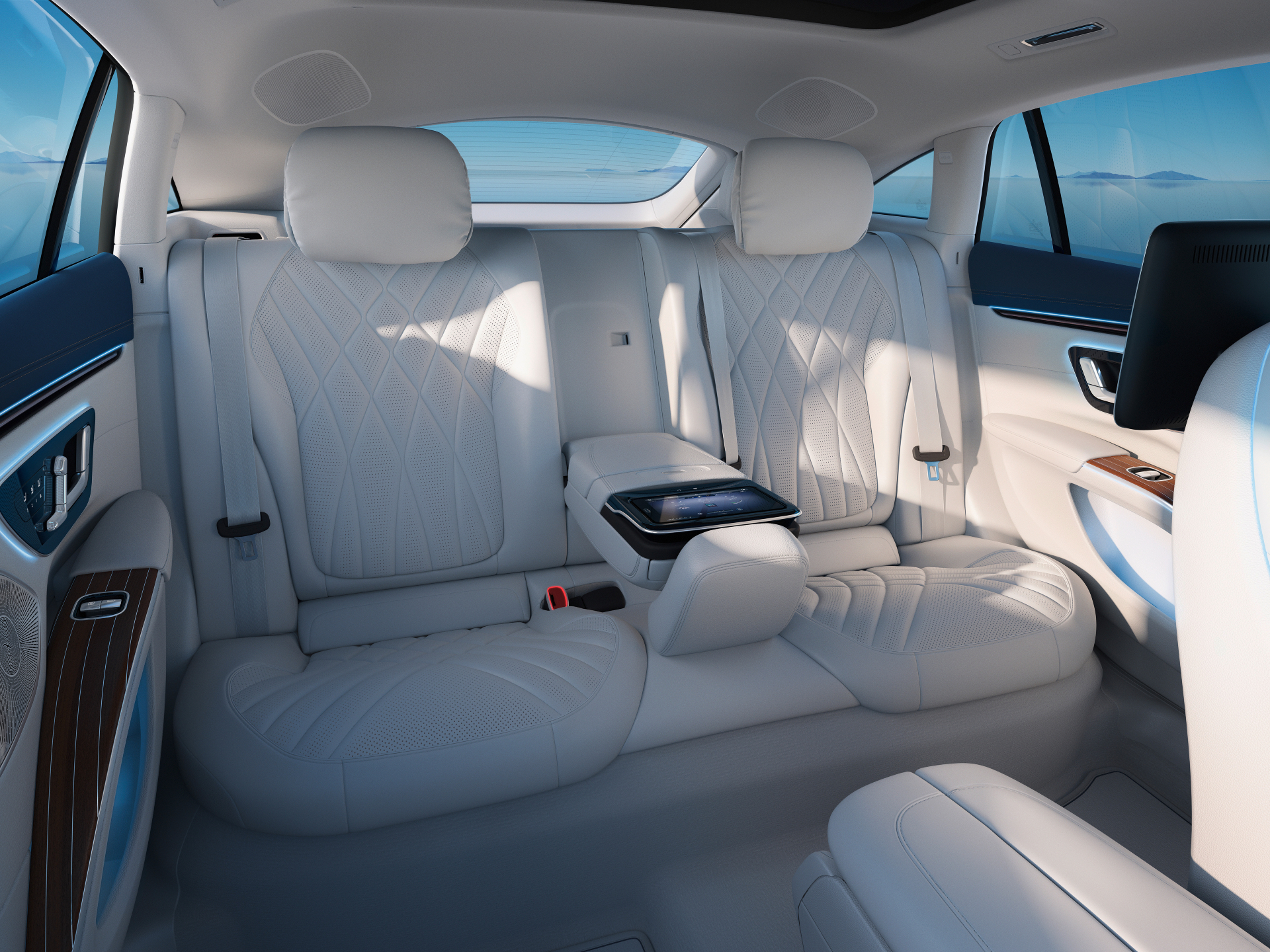
For many owners, this is the best place to be
This is a long-winded way of explaining why the Mercedes-Benz EQS (introduced by Mercedes’ design chief Gorden Wagener in a previous article) is what it is. For a start, it co-exists alongside the S-Class limousine, long considered the gold standard of high-end luxury, refinement, and engineering. The radical move would have been to usurp the S-Class altogether, but instead, the EQS is the automotive equivalent of a transitional fossil, a car that represents the shift from one group to another. It is almost – but not quite – sufficient to do the job of the S-Class.
Wallpaper* Newsletter
Receive our daily digest of inspiration, escapism and design stories from around the world direct to your inbox.
By waiting until EV technology is sufficiently advanced to offer superb range (officially rated at around 480 miles, although in real-world situations it’s still well over 300 miles), the EQS banishes the very un-luxurious spectre of range anxiety.
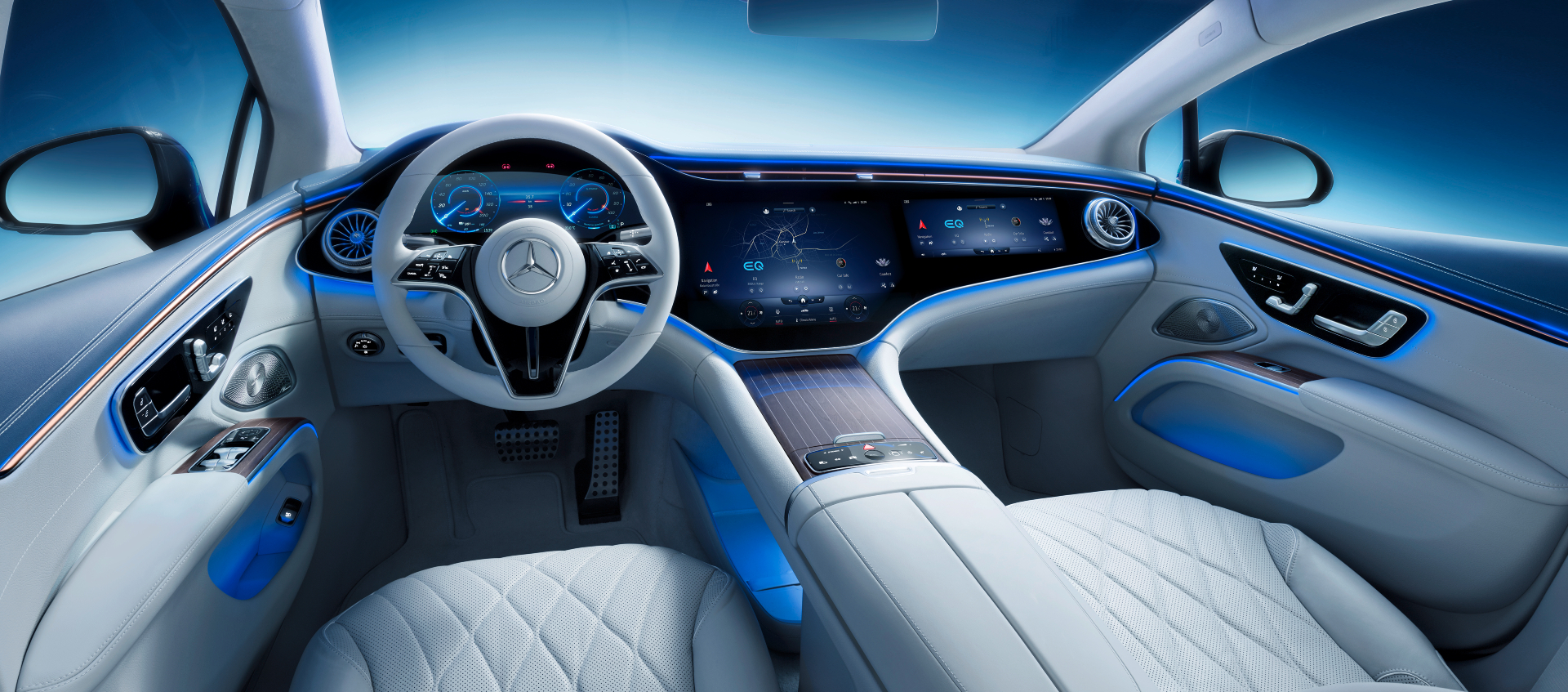
The bridge of the EQS: the Hyperscreen
Instead of worrying about finding the next charge point, driving the EQS gives you other things to think about, with a science fiction-style dashboard that spans the entire width of the car. This is Mercedes’ ‘Hyperscreen’, the evolution of the flatscreen instrument panel taken to its logical conclusion. A single piece of curved black glass actually houses three screens (there’s also a head-up display), including a separate display for the front-seat passenger.
The wealth of information available is discombobulating to the uninitiated. Of course, confusion is not something to be encouraged when driving a car, so the system works hand in hand with a layer of sensor technology that not only monitors what’s going on outside, but what you’re doing as you drive. This ranges from checking your attention levels to stopping you from taking sneaky looks at the passenger’s screen when you’re supposed to be driving (a sensor detects your eye movement and shuts the secondary screen down).
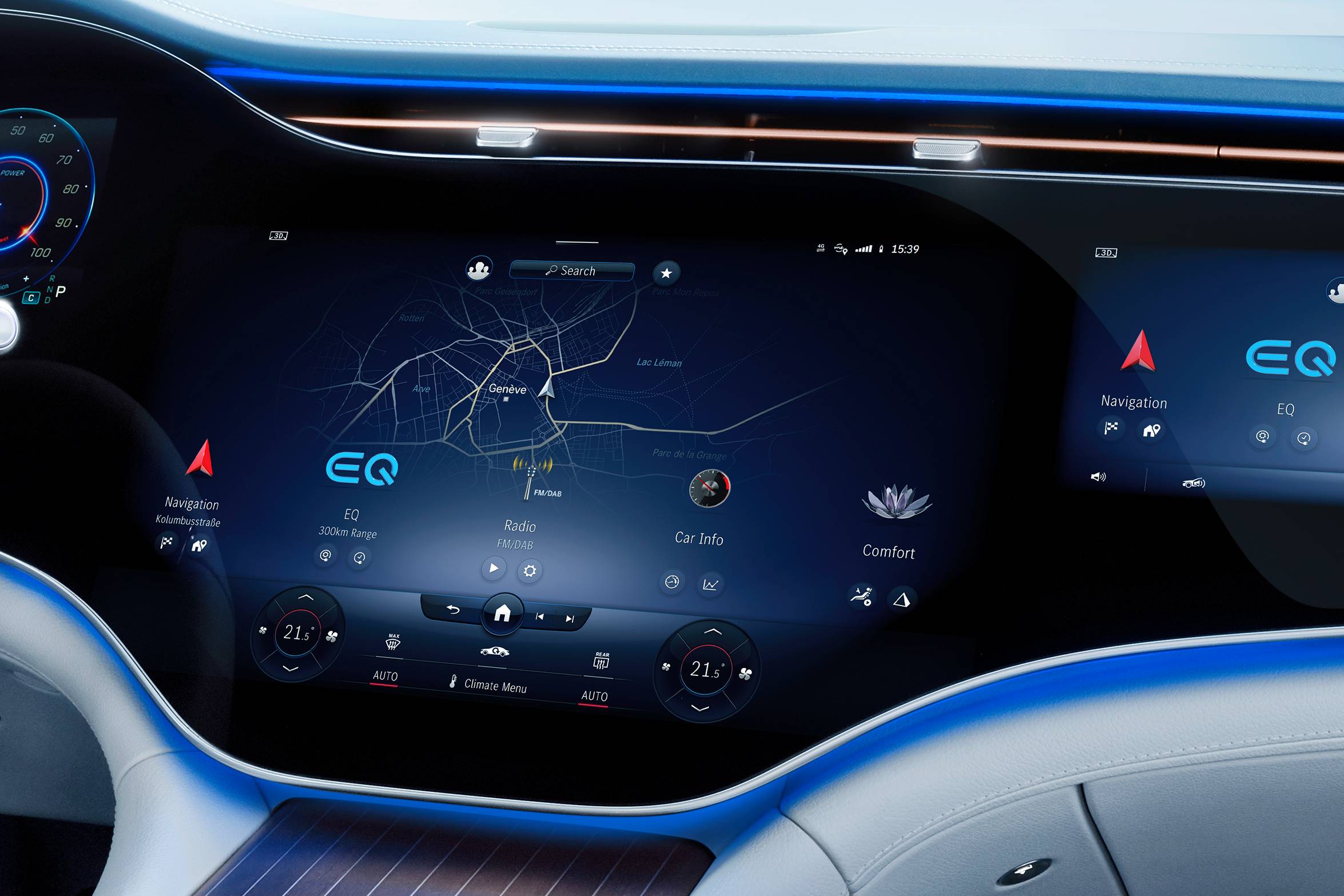
Sophisticated graphics on the EQS’ central screen
Driving is another area where the EQS straddles two worlds. For many years, Mercedes has had some of the best quasi-autonomous safety systems on the market, technology that filtered down through the range from the S-Class. Mercedes’ cars were among the first to effectively park themselves, or use radar-based cruise control to keep a safe distance from the car in front. They had the most seamless self-steering systems for staying in lane, whilst scanning the road ahead for possible dangers. These are now commonplace technologies, but there’s something about the big EQS’ high-tech ambiance that inspires a bit more confidence in the underlying system. It invites you to put more trust in the machine.
On the highway, this is great. Regardless of traffic levels, speed, or weather, the EQS will glide along all by itself, checking periodically that you’re still paying attention. It is not autonomy, just a very sophisticated form of cruise control. The confidence it inspires is important, because it allows you to actually find the right spot to press on the vast screen, rather than constantly shift your attention between road and screen. You can also talk to the car, another area of tech where Mercedes has doggedly persisted and largely succeeded. Using ‘Hey Mercedes’ as an opening gambit, you can follow it up with an abstract request – ‘I’m cold,’ ‘I’m tired,’ etc – and the system will respond by boosting the temperature, suggesting you take a break or initiating one of the wellness programmes built in to its copious infotainment system.
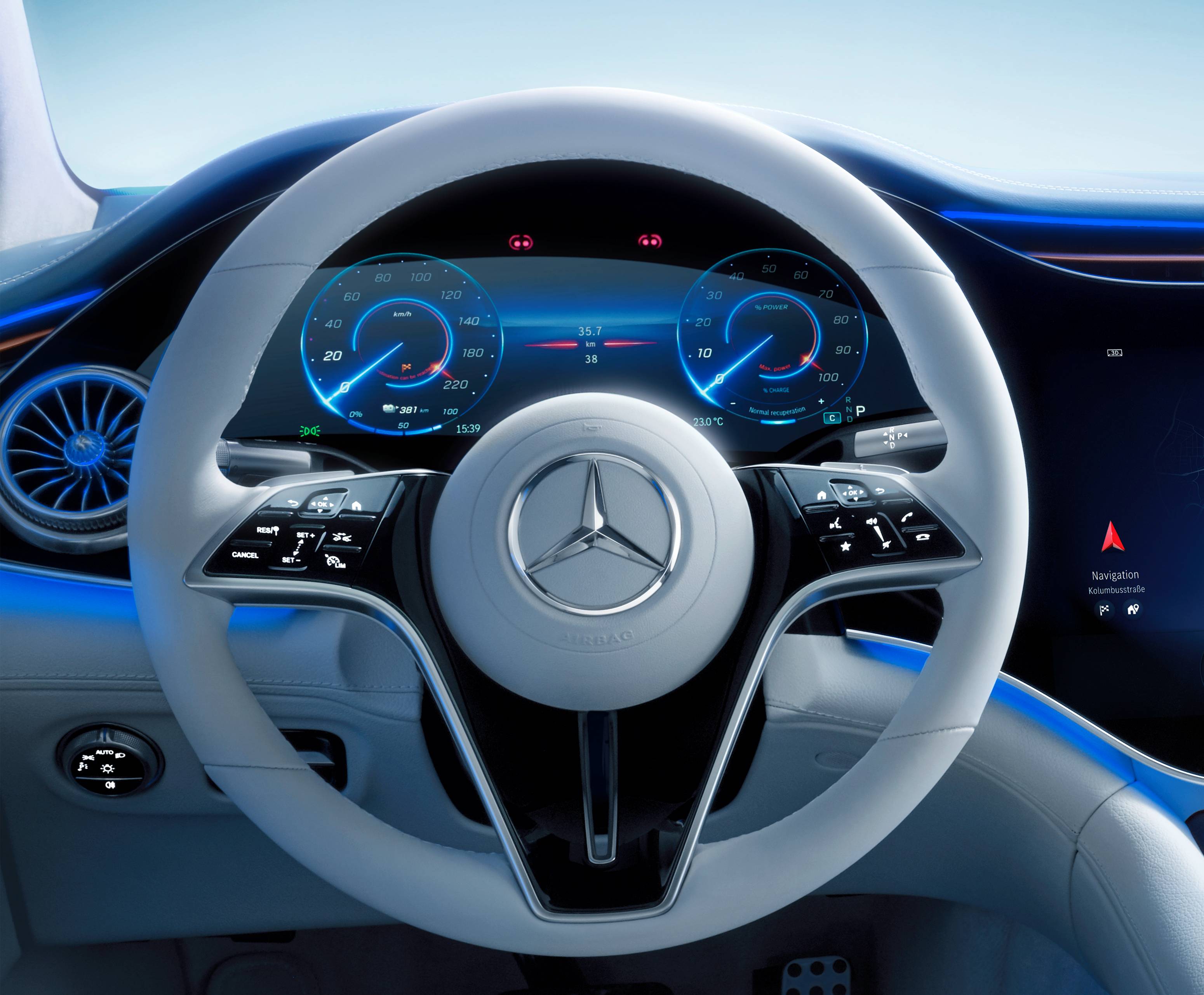
Putting the ’multi’ into multifunctional, the EQS’ steering wheel
Physically, the EQS resembles an S-Class that has undergone an experimental procedure, with a longer wheelbase and a stretched glasshouse that reaches almost to the tail of the car (and incorporates a hatchback, not a conventional boot).
In particular, the nose feels like it’s a shift between one era and another. The grille – now home to sensors, not cooling – incorporates the clever LED headlights and bears a massive three-pointed star. But it already feels a bit old-fashioned to have a grille at all, especially when seen alongside Mercedes-Benz’s most recent concept car, the EQXX, which references the sloping nose of a streamlined sports car instead.
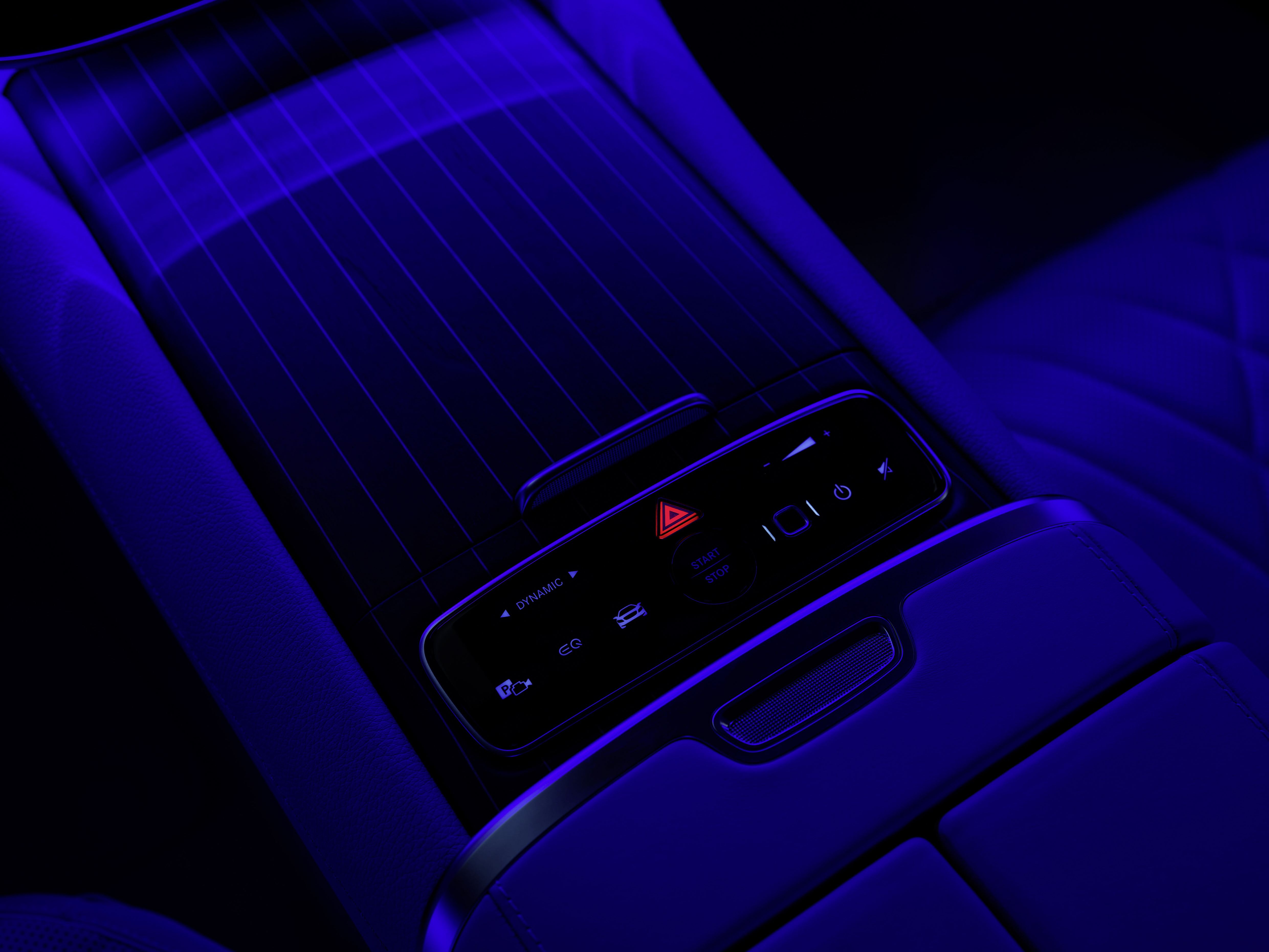
Meticulous attention to detail characterises the EQS’ interior
Car makers are currently rebranding themselves as ‘mobility providers’, a catch-all definition that embraces the ambiguity of our relationship with the traditional automobile. At one end of the scale, you have the EQS, which is effectively the car as gated community, a gilded cage that secures you from the world outside. The flipside is machines like the Citroën AMI, a car that is almost equivalent to common, publicly-held infrastructure. The still-distant promise of pure autonomy promises more of the latter, but the EQS exists to remind us that the luxury private car will never really go away.
INFORMATION
Mercedes-Benz EQS, from £99,995
Jonathan Bell has written for Wallpaper* magazine since 1999, covering everything from architecture and transport design to books, tech and graphic design. He is now the magazine’s Transport and Technology Editor. Jonathan has written and edited 15 books, including Concept Car Design, 21st Century House, and The New Modern House. He is also the host of Wallpaper’s first podcast.
-
 A Xingfa cement factory’s reimagining breathes new life into an abandoned industrial site
A Xingfa cement factory’s reimagining breathes new life into an abandoned industrial siteWe tour the Xingfa cement factory in China, where a redesign by landscape specialist SWA Group completely transforms an old industrial site into a lush park
By Daven Wu
-
 Put these emerging artists on your radar
Put these emerging artists on your radarThis crop of six new talents is poised to shake up the art world. Get to know them now
By Tianna Williams
-
 Dining at Pyrá feels like a Mediterranean kiss on both cheeks
Dining at Pyrá feels like a Mediterranean kiss on both cheeksDesigned by House of Dré, this Lonsdale Road addition dishes up an enticing fusion of Greek and Spanish cooking
By Sofia de la Cruz
-
 2025 Seoul Mobility Show report: all that's new and notable
2025 Seoul Mobility Show report: all that's new and notableOpened at a time of high national drama, the 2025 Seoul Mobility Show has gone on to underscore Korea’s place at the cutting edge of the auto industry. Guy Bird was there
By Guy Bird
-
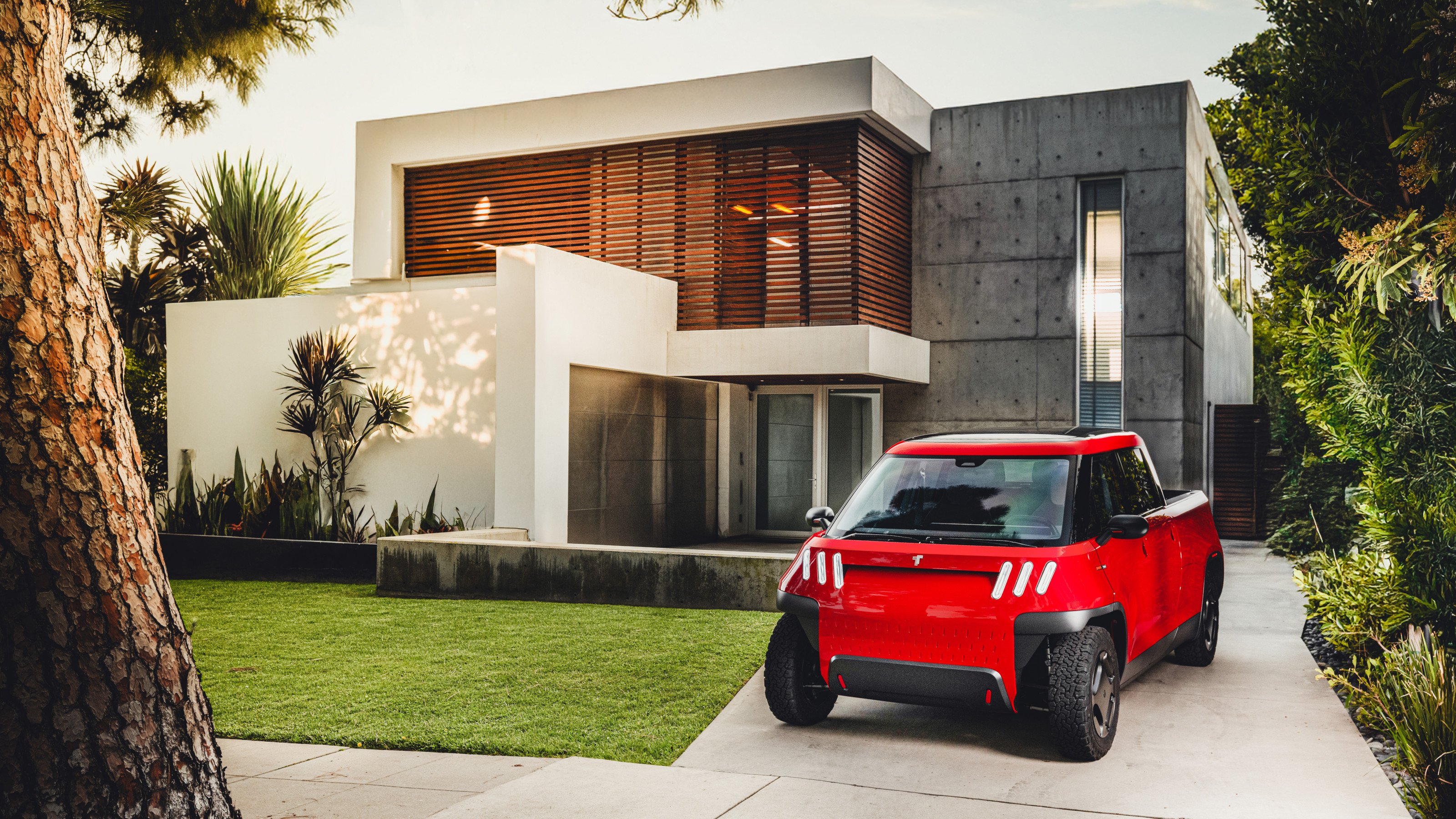 Meet the final drivable prototype of the Telo MT1 pickup truck, shaped by Fuseproject
Meet the final drivable prototype of the Telo MT1 pickup truck, shaped by FuseprojectThe Telo MT1 is a modestly scaled EV that turns the traditional all-American approach to pick-up truck design on its head
By Jonathan Bell
-
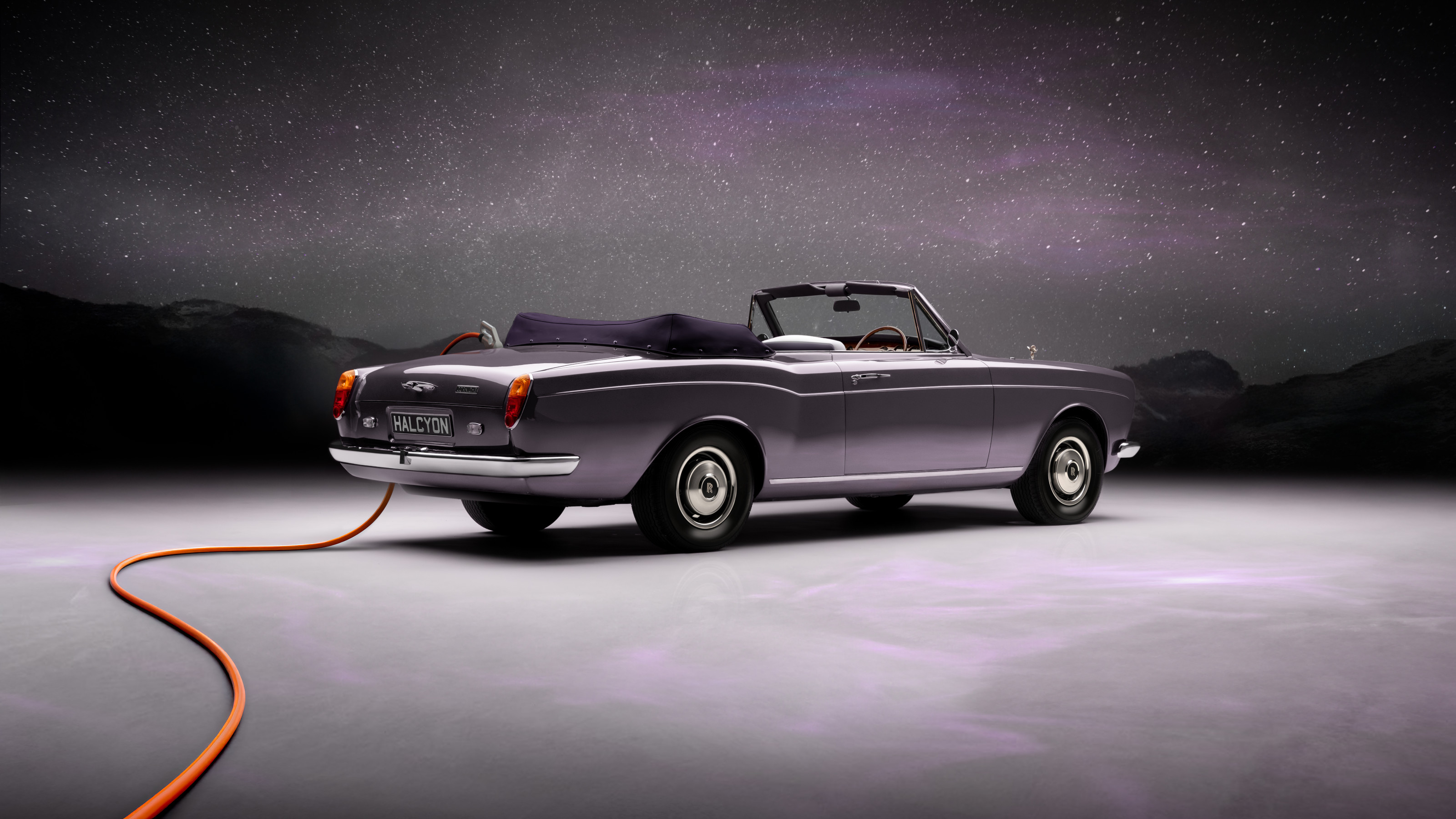 EV start-up Halcyon transforms a classic 1970s Rolls-Royce into a smooth electric operator
EV start-up Halcyon transforms a classic 1970s Rolls-Royce into a smooth electric operatorThis 1978 Rolls-Royce Corniche is the first fruit of a new electric restomod company, the Surrey-based Halcyon
By Jonathan Bell
-
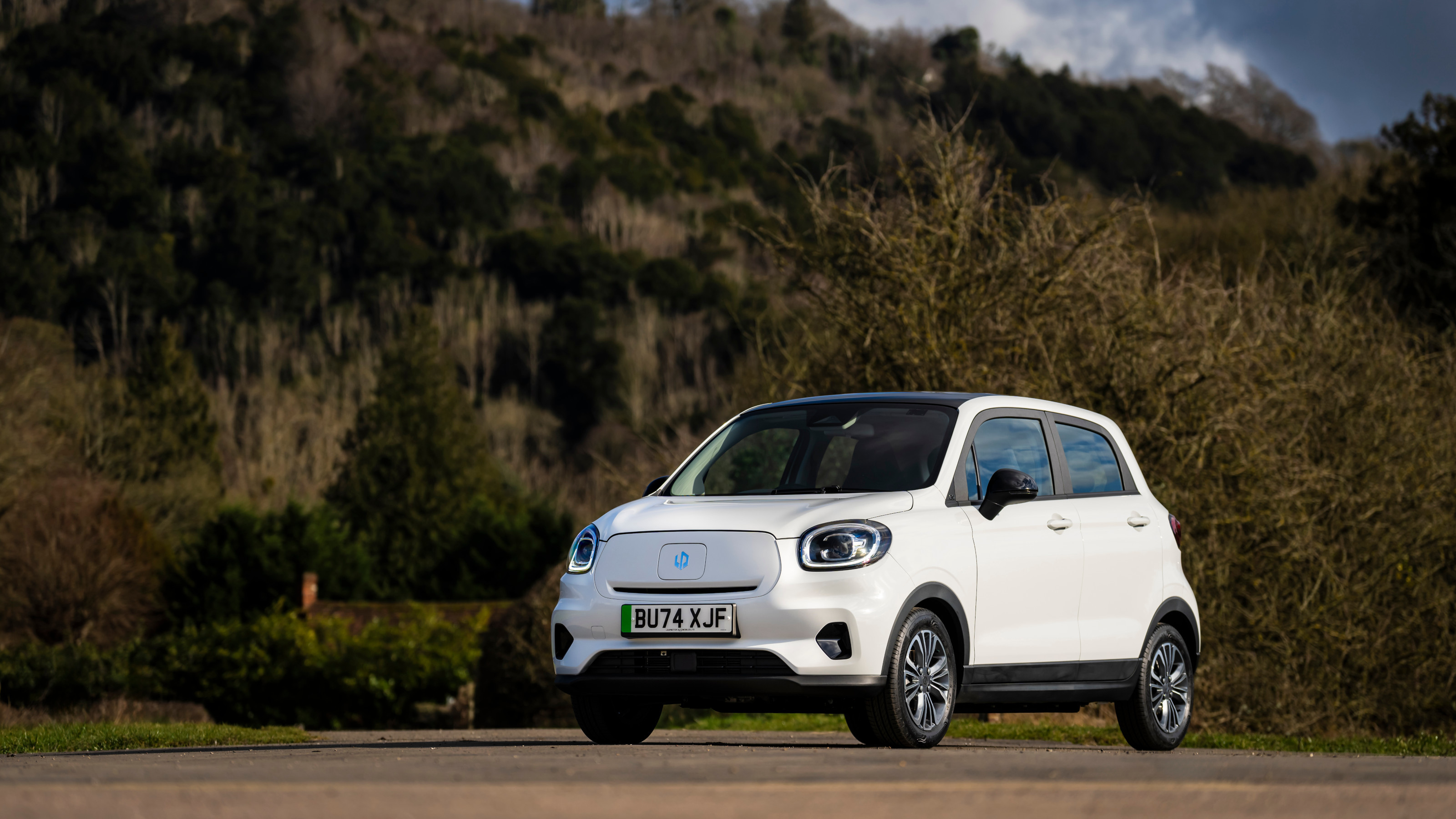 China’s Leapmotor pounces on the European car market with its T03 city car and C10 SUV
China’s Leapmotor pounces on the European car market with its T03 city car and C10 SUVLeapmotor’s tiny electric city car could be just the tonic for cramped urban Europe. We sample the T03 and its new sibling, the fully loaded C10 SUV, to see if the company’s value proposition stacks up
By Jonathan Bell
-
 Wallpaper* takes the wheel of the Bentley Blower Jnr for a rich automotive experience
Wallpaper* takes the wheel of the Bentley Blower Jnr for a rich automotive experienceHedley Studios has shrunk the mighty Bentley Blower into this all-electric, road-legal barnstormer. We take it to the streets of London
By Jonathan Bell
-
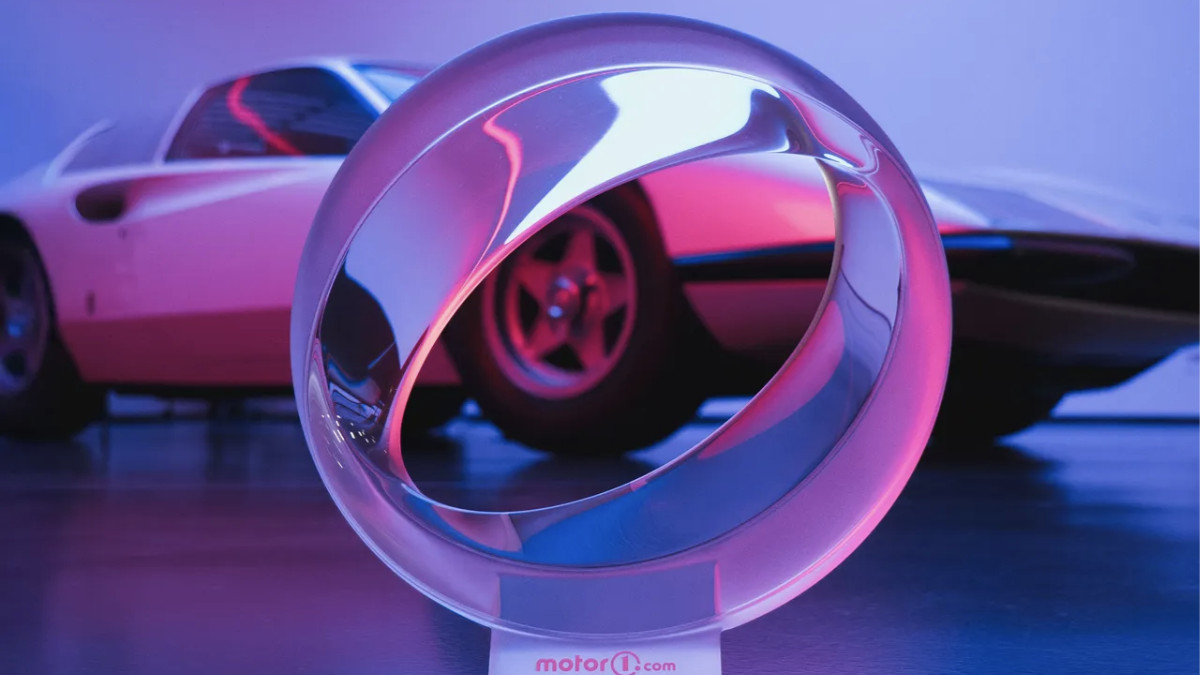 We are the world: Pininfarina’s ‘Orbis’ taps Papal support for an eco-friendly agenda
We are the world: Pininfarina’s ‘Orbis’ taps Papal support for an eco-friendly agendaThe Orbis is a ‘symbolic object’, a gift to Pope Francis from the Italian design agency at a time of political upheaval and social fracture around all aspects of sustainability
By Jonathan Bell
-
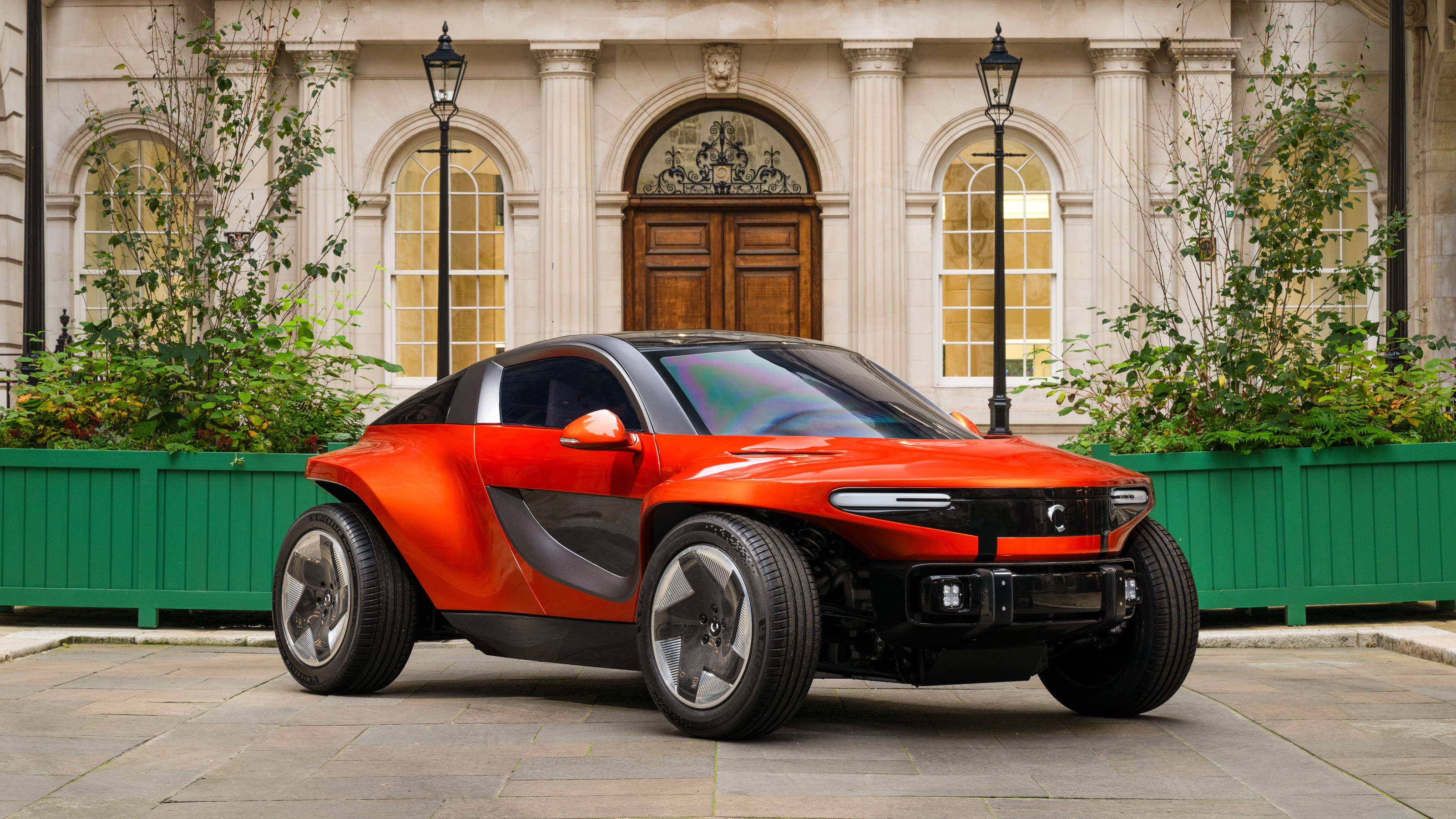 The exclusive Callum Skye EV reveals its interior style ahead of a 2025 launch
The exclusive Callum Skye EV reveals its interior style ahead of a 2025 launchThe Skye is a bespoke sporting EV with a lightweight ethos and an unconventional design. The forthcoming car now has a fully finished interior
By Jonathan Bell
-
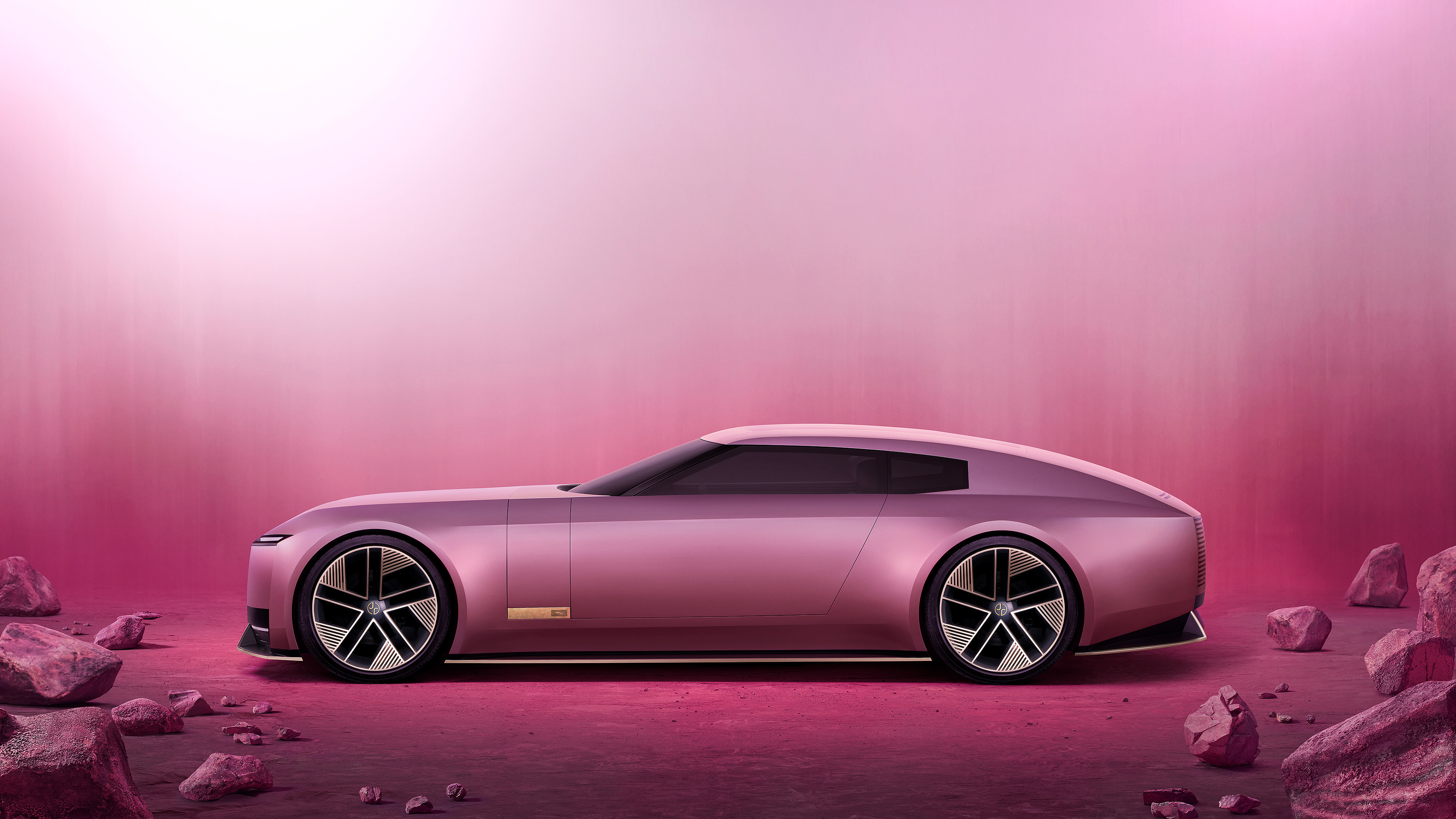 La Vie en Rose: can the Jaguar Type 00 reset the narrative surrounding the brand’s reinvention?
La Vie en Rose: can the Jaguar Type 00 reset the narrative surrounding the brand’s reinvention?This is the Jaguar Type 00, the first physical manifestation of the reborn brand’s new commitment to ‘Exuberant Modernism’. We take it for a semiotic spin
By Jonathan Bell